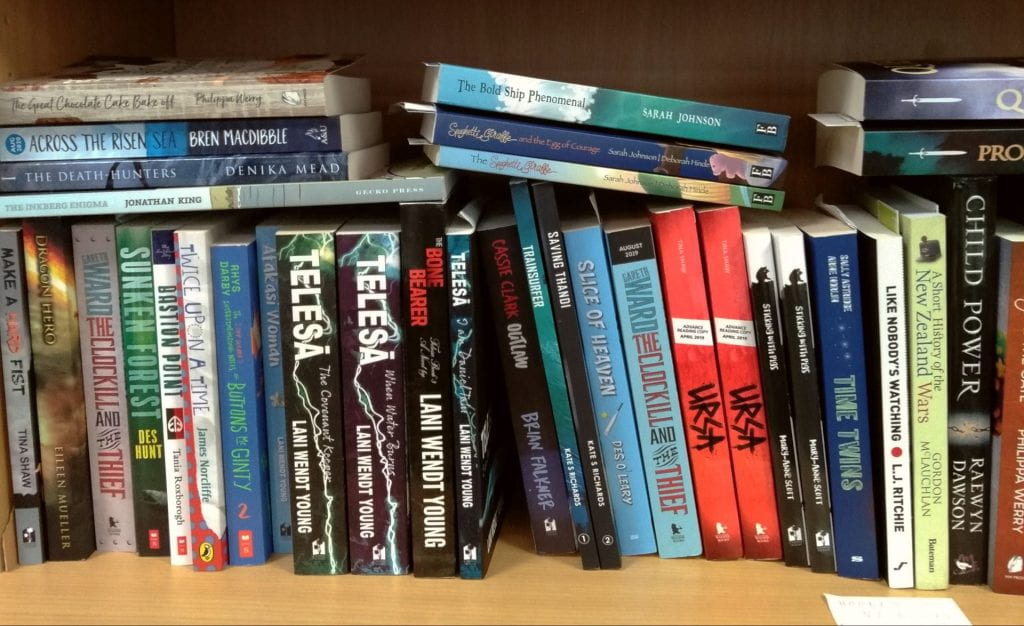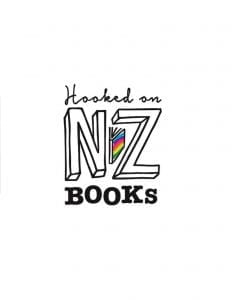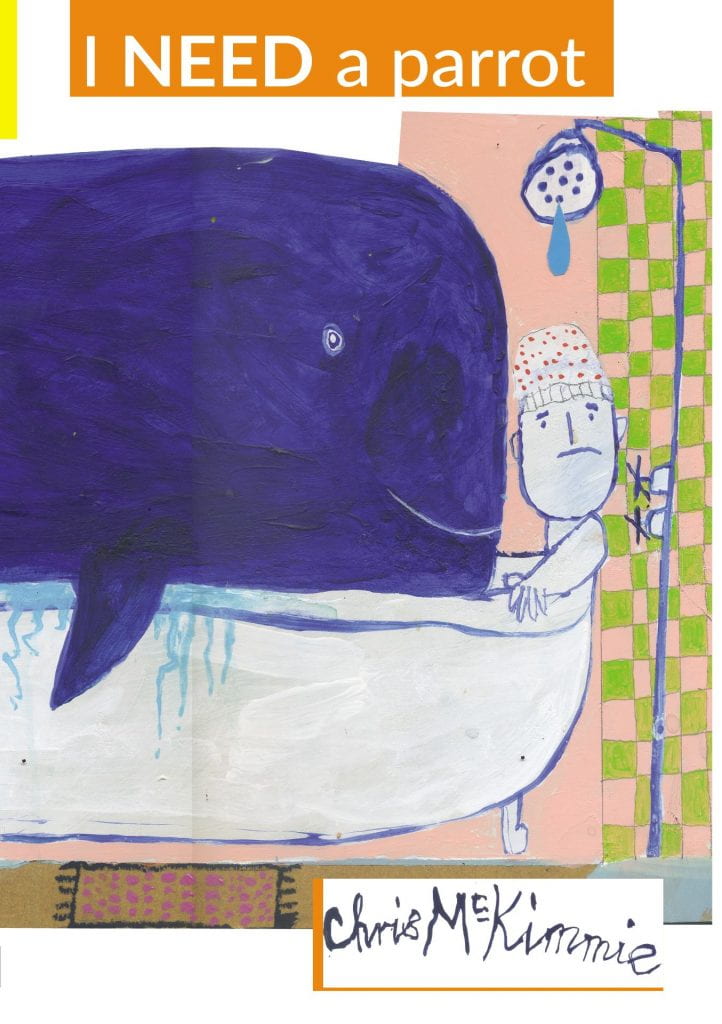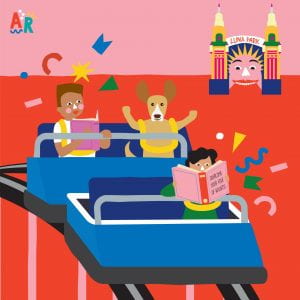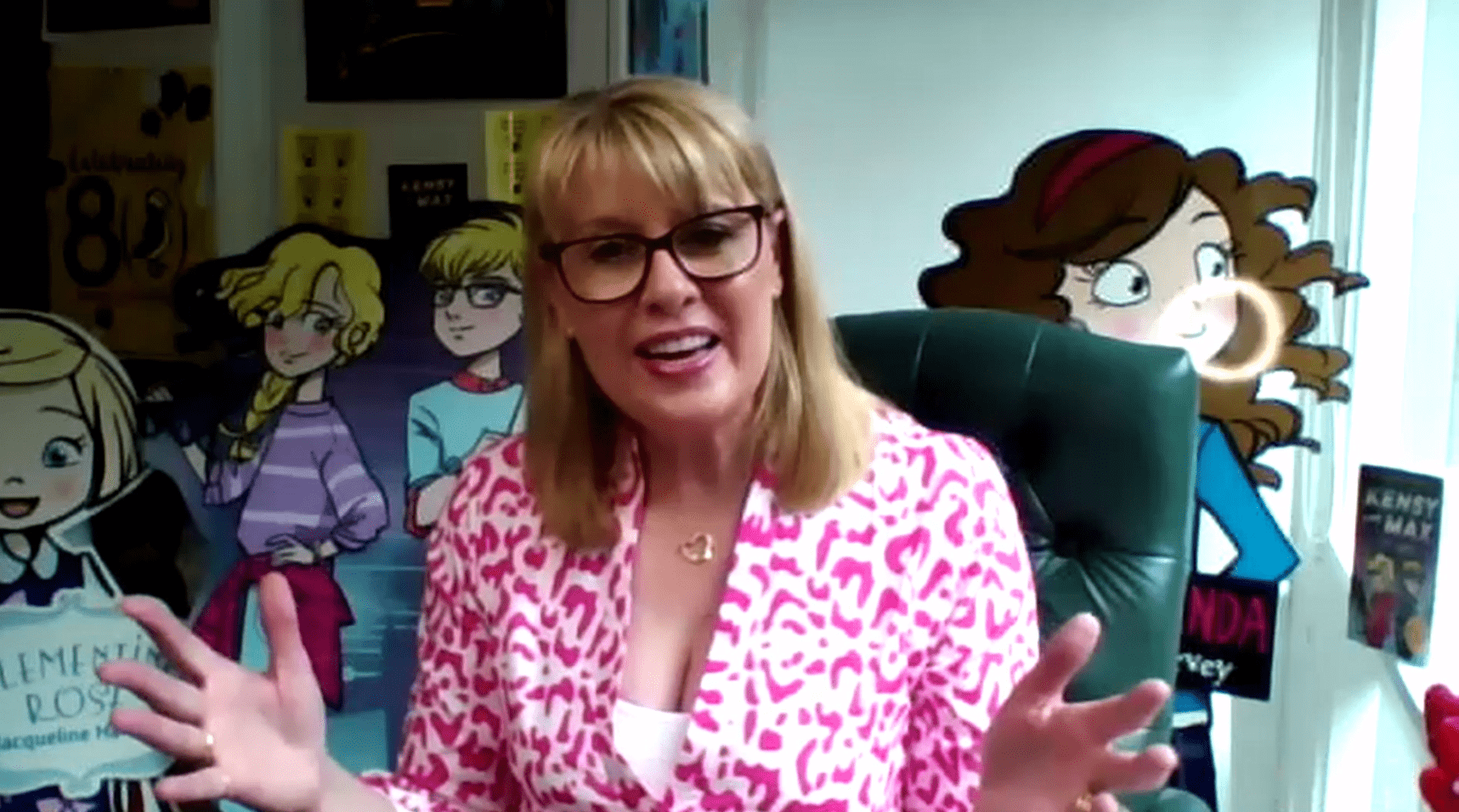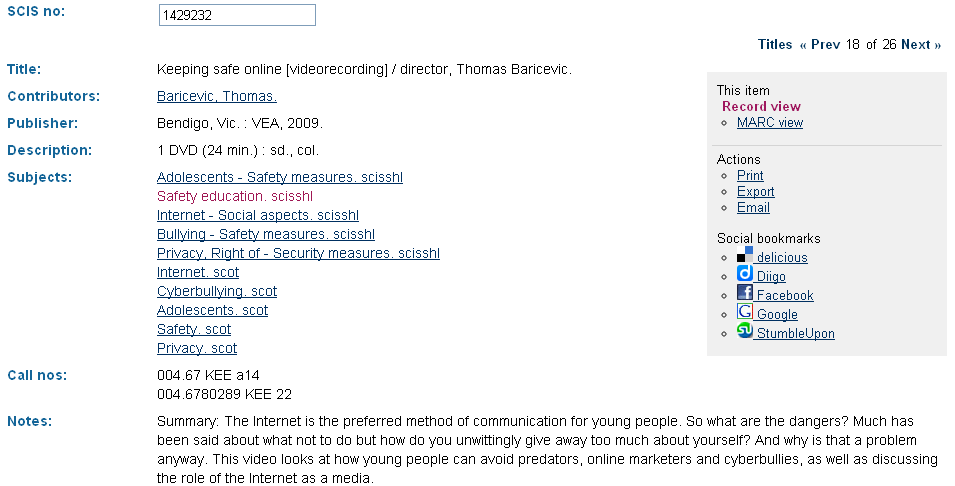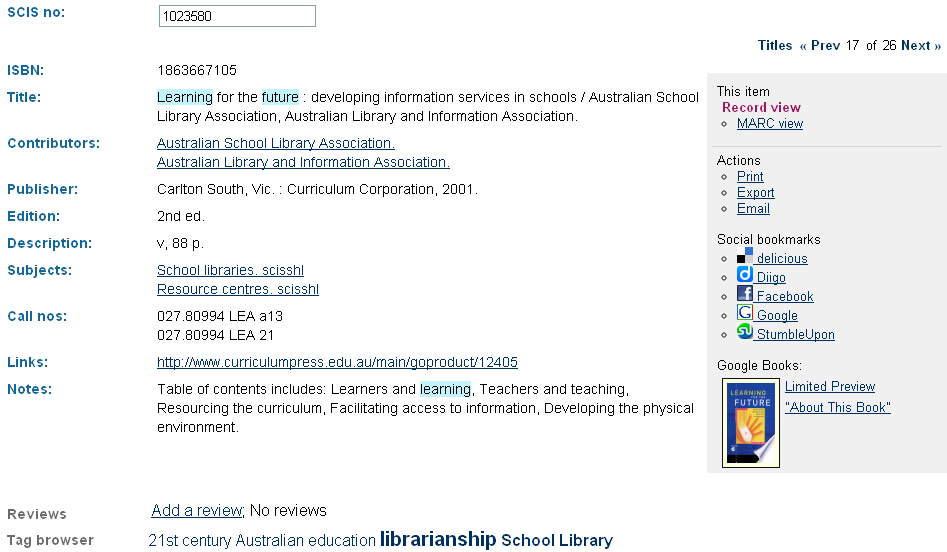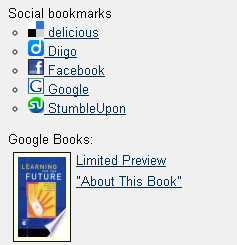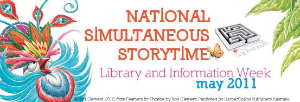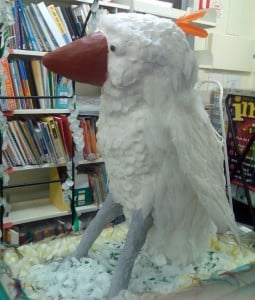In the latest SCIS Publisher Spotlight, Story Box Library explores innovating reading and learning with stories.
Digital learning is complementing traditional teaching methods with innovations. While classroom time is key in children’s development and learning, platforms like Story Box Library (SBL) bring stories to student’s fingertips.
Designed to be used by educators across a variety of ages and curriculum requirements, Story Box Library’s growing collection of stories and resources bring engaging learning options to any classroom.
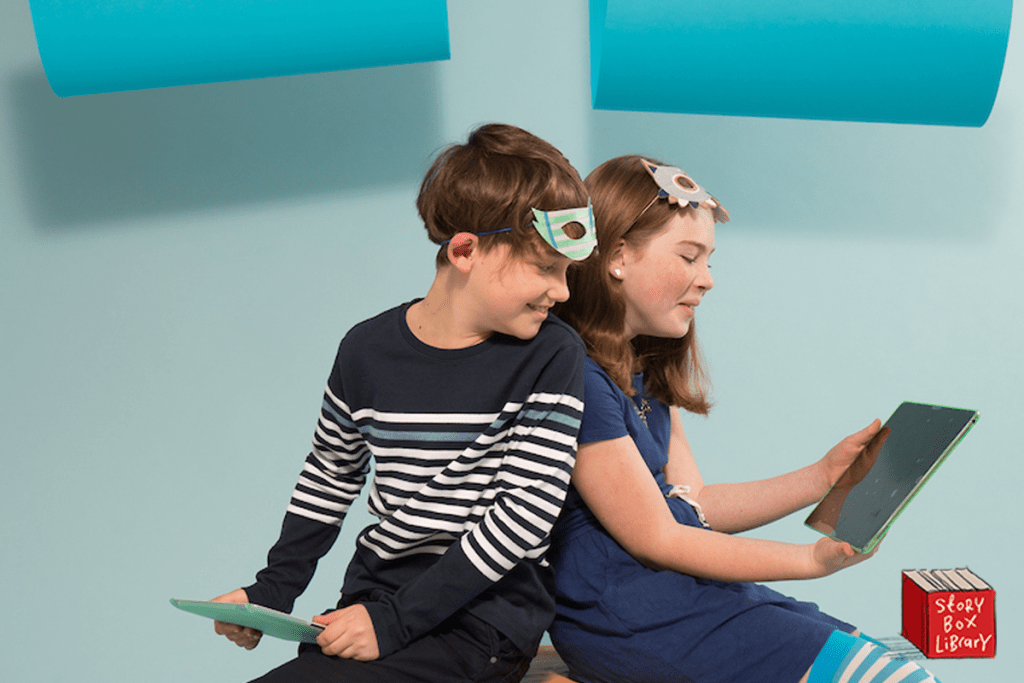
Story Box Library’s Education Specialist Jackie Small says, “Story Box Library’s unique format of traditional storytelling presented digitally with the inclusion of support features provides educators with essential multimodal texts that convey meaning through written, spoken, visual, audio and gestural languages.”
“Resources such as SBL are essential because they meet a need for a society that has become increasingly multi-modal.”
Partnering with educators to enhance education
Saving time for educators, subscribing schools can now search SCIS to find stories from the entire Story Box Library (SBL) collection. This means all SBL titles, including storyteller images, can be downloaded and incorporated into school systems.
Along with MARC records and the corresponding ISBN numbers, SBL collections seamlessly integrate into school cataloguing systems. The SBL digital resource is now even easier to access for educators and students in Australia.
In keeping up with technological demand and developments of our changing world, SBL offers a complementary learning opportunity for educators and schools. Enhancing classroom learning and saving teachers time, teachers can engage students in a lifelong love of learning, reading and inspire curiosity, creativity and play.
Stories connect us to the rest of the world. While students discover stories in a safe, online space, their reading and literacy skills improve. Stories help children and young minds not only establish language and literacy skills but also create frameworks of the wider world, their community, friends, family, and their identity.
“Stories are thoughtfully curated based on thematic and literary value,” says Jackie.
“This makes them perfect springboards into a wonderful world of discovery and learning both in English and other key learning areas.’
Innovative classroom tools for all educators
Story Box Library’s additional expert-designed classroom resources help teachers save time in the classroom, assist in class preparation, and align with the Australian Curriculum. Designed to be used alongside story reads, and adapted seamlessly to any educator’s specific needs, SBL’s education resources make learning fun. Built-in features like playlist and search filter functions allow educators to find and save stories according to themes, topics, or their own personalised requirements.
“I like to think of our additional resources as creative seeds for educators,” Jackie says.
“They provide them with diverse and engaging ideas that provide children with opportunities to listen to, view, speak, write, create, reflect and compare texts within our library while also developing other skills such as metacognition, social skills, and critical and creative thinking.”
Based on unique themes, story structures and language features of each story, Classroom Ideas are flexible, adaptable and easily accessible for any Educator’s specific needs. Downloadable PDFs feature practical discussion questions and activity ideas aligned with curriculum areas. Stories also come with Student Task Sheets, which are grouped by themes and designed to be used independently by students. Students are provided with three task options towards meeting achievement standards via downloadable PDFs.
Recently released, SBL’s new Graphic Organisers and Thinking Tools assist students into becoming critical readers, designed to provide opportunities for deeper learning. With more in development, the first release of resources includes a Y-Chart, Character Profile, Story Map, Plot Summary, List Template, T-Chart, Venn Diagram, Menu Planner, Recipe Planner and an Interview Planner.
Connected to a world of stories
With one login, the entire school community of teachers, students and their families access to a world of diverse, high-quality stories. SBL is safe, secure and trusted by educators around the globe, and helps create curious and understanding young minds.
Story Box Library is working with partners like SCIS to inspire young minds, assist educators, and encourage a lifelong love of reading and learning.
For more information on Story Box Library, and to enquire about a school subscription, visit the Story Box Library website.
Story Box Library is a subscription based educational website, created for children to view stories by local authors and illustrators, being read aloud by engaging storytellers. With a world of stories and educational resources, it’s Storytime, Anytime! www.storyboxlibrary.com.au| @storyboxlibrary | Story Box Library

